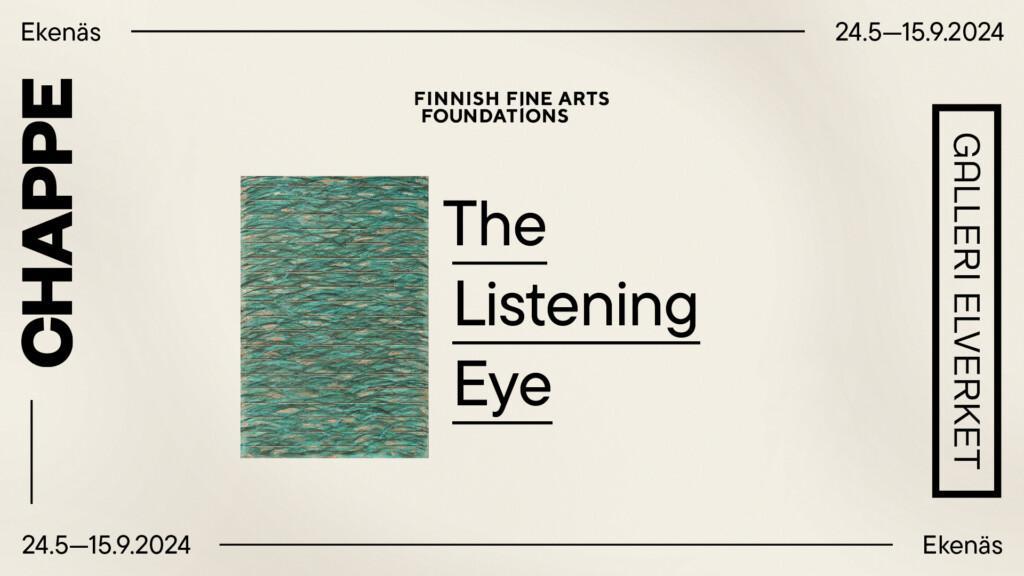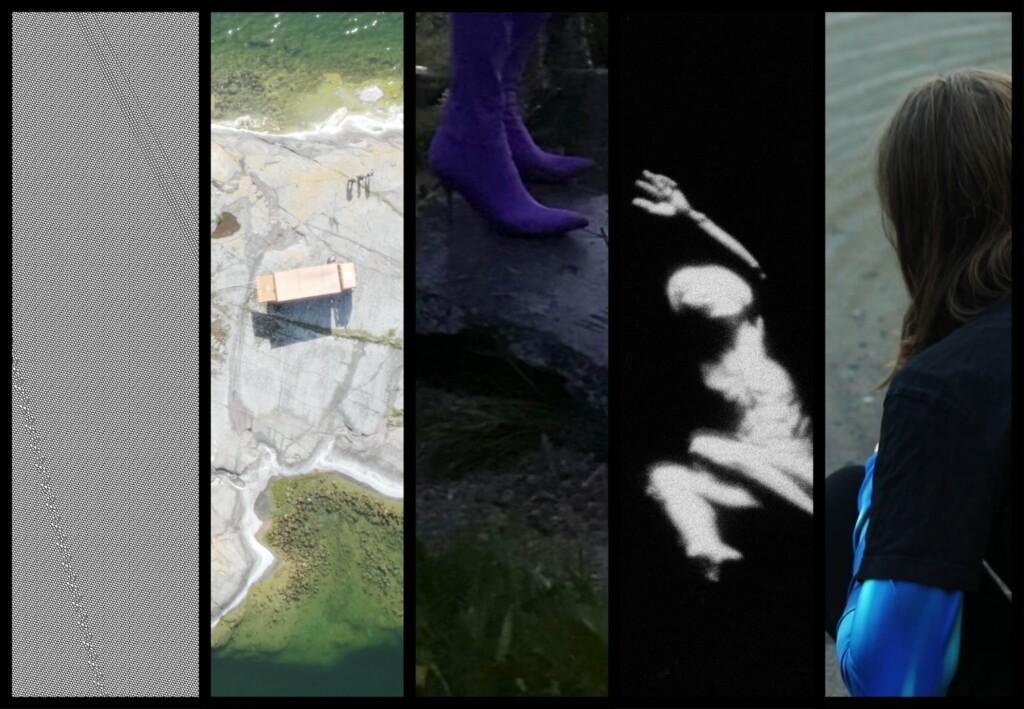
The Night Flight exhibition consists of five sculptural works in which the artist Antti Kytömäki addresses the transience of life. Kytömäki uses a sparse, austere mode of expression to construct an integrated sensory whole that makes reference both to celestial mechanisms and the constant flow of the existence of everything, with humans positioned somewhere in between.
When dusk sets in and the vault of the heavens slowly draws back the veil, we can see far out into the cosmos. Night is the time when existential questions take over, and when our senses are most finely attuned to reading and sensing our surroundings. Navigating in the dark becomes an entry point to Kytömäki’s latest series of works, too. In his exhibition he brings together the star-filled sky, time, the horizon, motion, and destination. Kytömäki looks at life with a twinkle in his eye, as being a constant, fumbling attempt to plot a course into the unknown. Seen against the movements of the heavenly bodies and the geological cycle, we cannot help noticing that life comes across as a rather tragicomic, extremely short-lived, phenomenon. That is why it is also no surprise that death is tangibly present in the exhibition. Death is something both definitive and eternal, standing there at the other end, patiently waiting for us.
The exhibition is based on two states: stasis and motion – the point and the line. In some of the works here Kytömäki uses motors and mechanisms that produce motion, which in turn generates sound in matter. Vibrating black-silk ribbons quiver like a mirage on the horizon and the sound they make takes our thoughts to the flapping wings of moths fluttering around a lamp until they die. Meanwhile, somewhere a clock is ticking at a much too rapid rate. With just these two faint sounds Kytömäki composes a soundtrack that sets the tone for the entire exhibition. In a darkened section of the room pulsating LED lights rotate, drawing circles on the viewer’s retina. This is a direct parallel to those long exposures of the night sky in which the spinning of the Earth causes the stars to trace out circles in the resultant photograph.
Stars also appear elsewhere in the exhibition. Kytömäki has taken a technique normally used for writing Braille in public settings, and used it to create a star-filled sky. The moth also reappears in a work where Kytömäki has drawn the path of the insect’s flight with a swift movement of hand on paper. The image has then been transposed to and immortalized in black granite, and then gilded like the name on a gravestone. Here the circle – a symbol of cyclic, constant motion – has been broken to form a spiral with a beginning and an end.
The exhibition takes its title from Antoine de Saint-Exupéry’s 1931 novel Night Flight (original French: Vol de Nuit), loosely based on the author’s own experiences as an airmail pilot in South America.
Markus Åström
Antti Kytömäki is a Helsinki-based artist who mainly works with kinetic sculptures and installations. He graduated with a BFA from the Academy of Fine Arts in Helsinki in 2018. His recent works study the way movement in various materials causes changes in our perception. Kytömäki’s works are in the EMMA, Jenny and Antti Wihuri Foundation, and Henna and Pertti Niemistö Art Foundation collections, among others.
The exhibition has been supported by Arts Promotion Centre Finland (Taike) and the Oskar Öflunds Stiftelse

Current exhibitions
Elverket
Opening hours
Tue 11–17
Wed 11–20
Thu–Sun 11–17
Mon closed
Sinne
Opening hours
Tue–Sun 12–17
Mon closed


